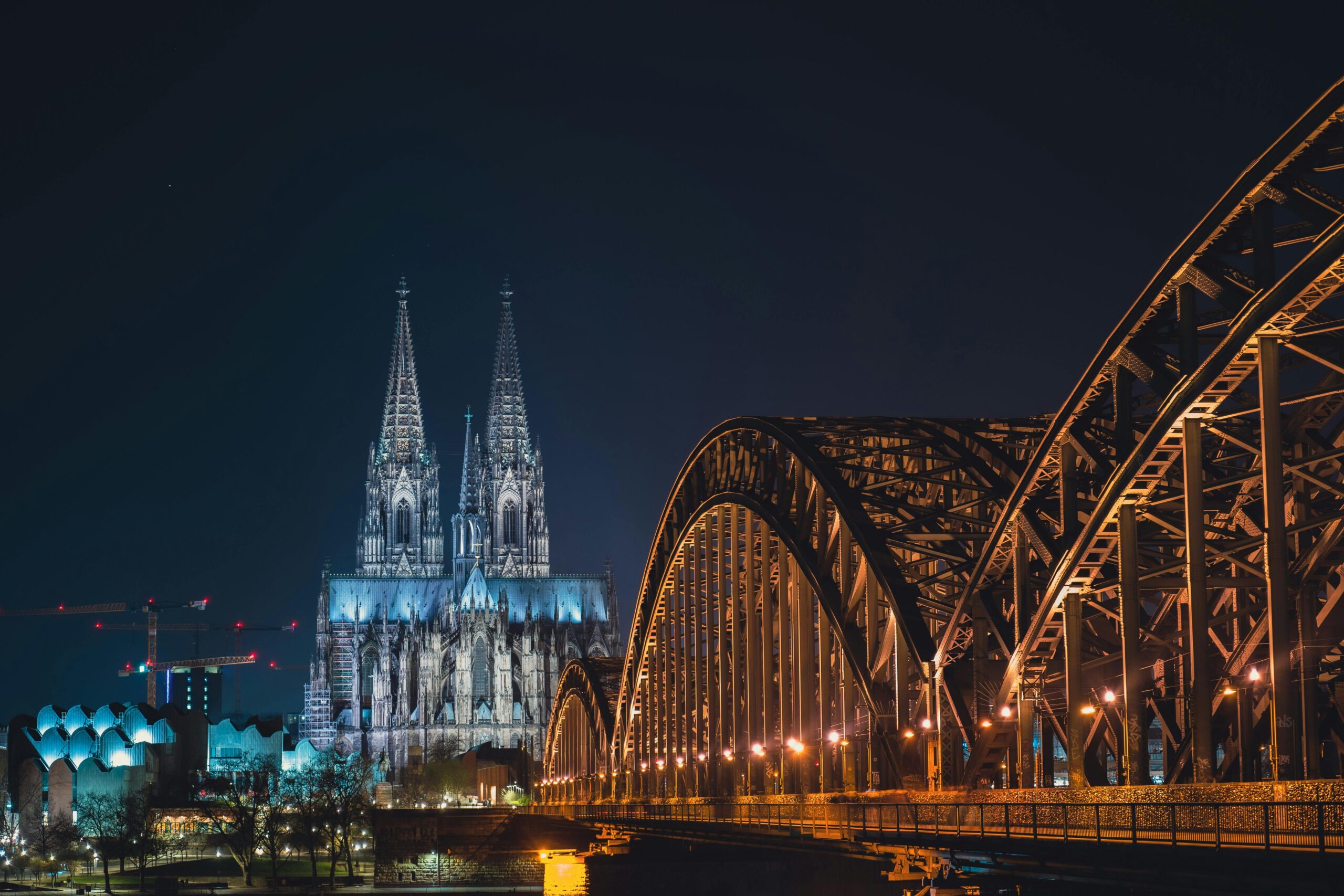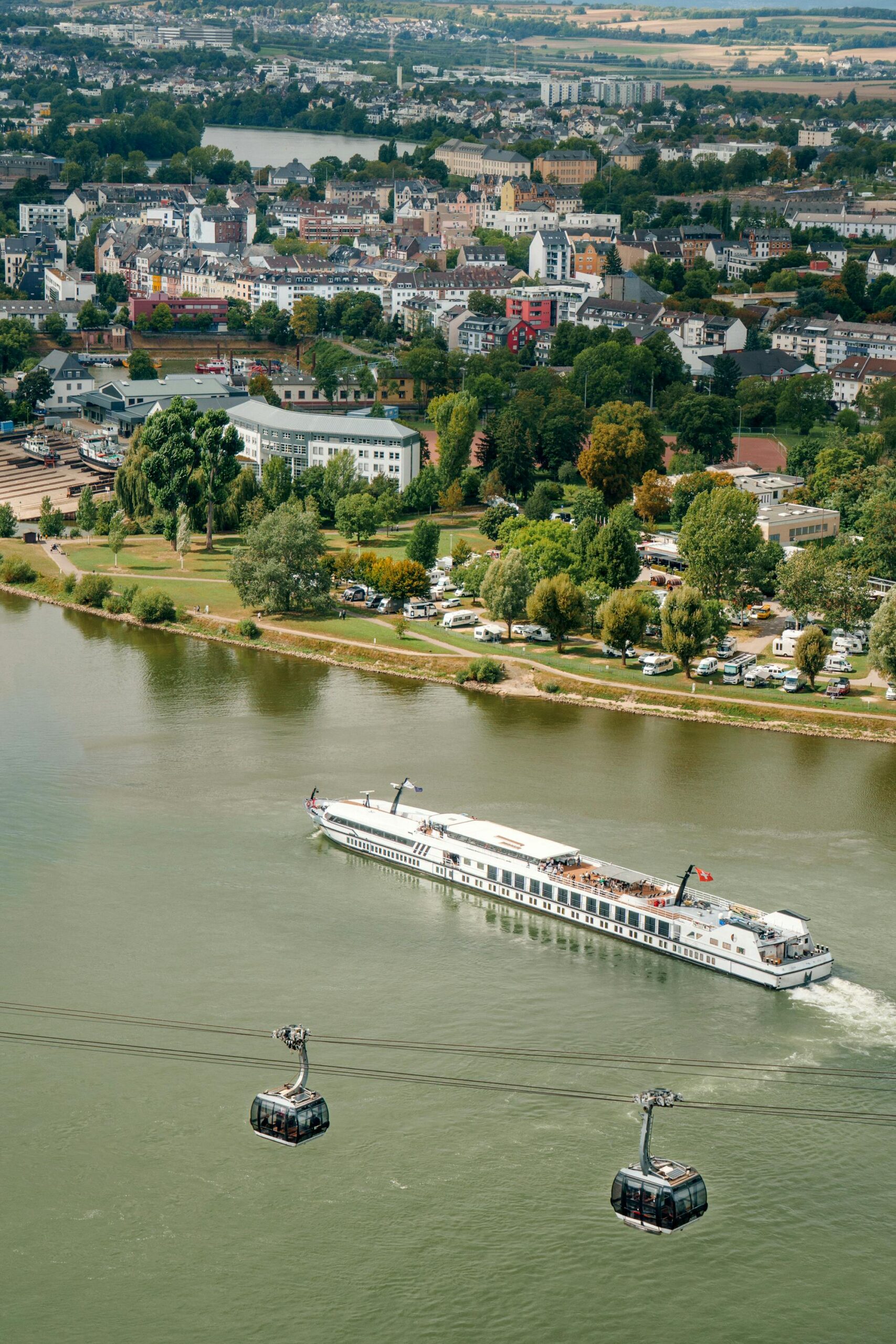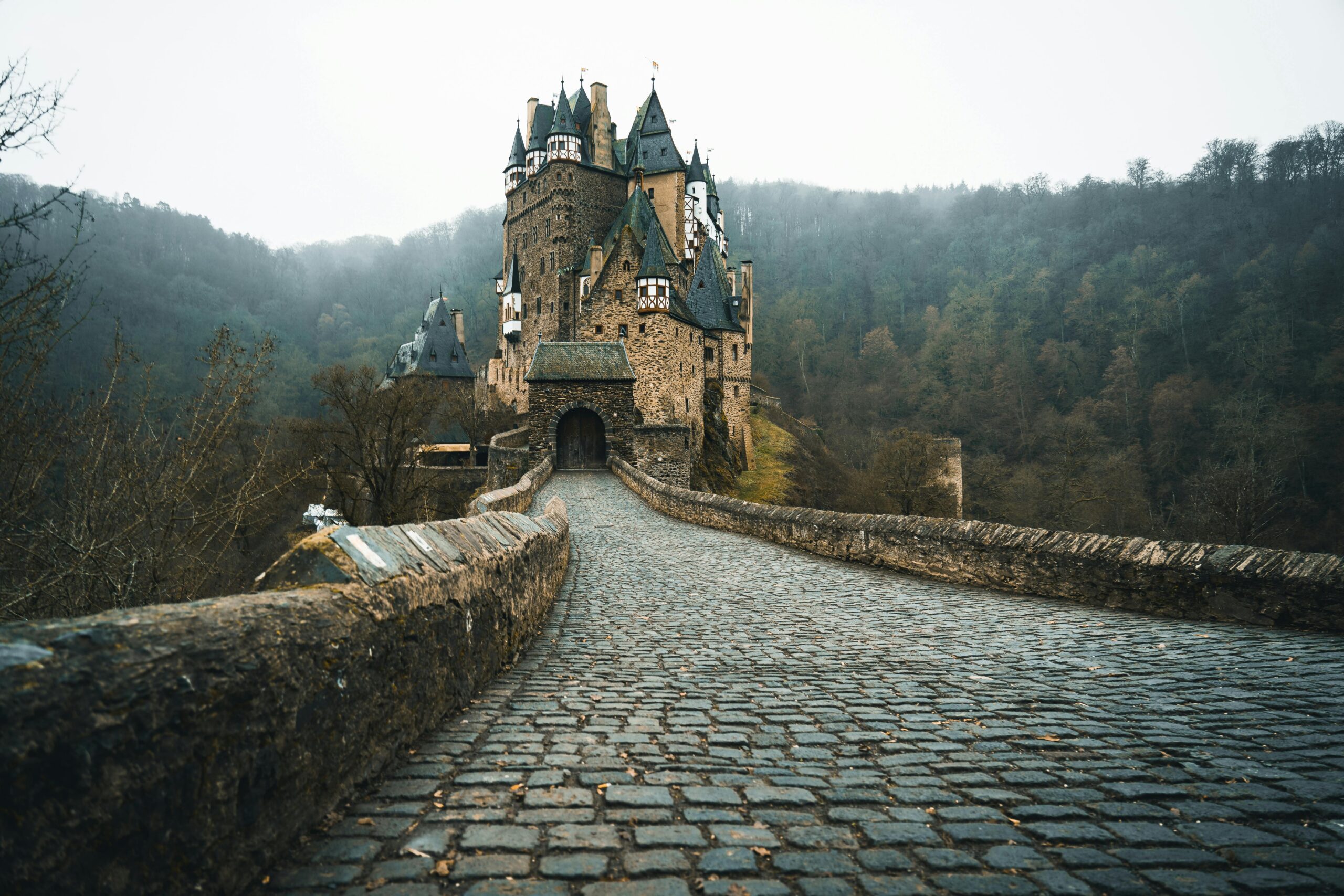

The Rhine River, flowing through the heart of Europe, has long been a vital artery for trade and transportation. Originating in the Swiss Alps, it winds its way through Switzerland, Germany, and the Netherlands before emptying into the North Sea. Its strategic location and navigable waters have made it one of the continent’s most important waterways, connecting major industrial centers and facilitating the movement of goods across borders. For centuries, the Rhine has supported a thriving transport network, allowing barges and cargo ships to carry everything from coal and chemicals to agricultural products and manufactured goods. The river’s consistent water levels and well-maintained infrastructure, including locks and dams, ensure reliable navigation for much of the year. This reliability has cemented the Rhine’s role as a backbone of European logistics, reducing the need for road and rail transport and offering a more sustainable alternative. The cities and ports along the Rhine, such as Basel, Strasbourg, Cologne, and Rotterdam, have grown into bustling hubs of commerce and industry, largely thanks to the river’s transport capabilities. Rotterdam, in particular, stands out as Europe’s largest port, serving as a gateway for goods entering and leaving the continent. The Rhine’s connection to the North Sea allows for seamless integration with global shipping routes, further enhancing its importance. However, the river also faces challenges. Environmental concerns, such as pollution and the impact of climate change on water levels, have prompted efforts to make transport on the Rhine more sustainable. Innovations in vessel design and stricter regulations aim to reduce emissions and protect the river’s ecosystem, ensuring that it remains a viable transport route for future generations. In essence, the Rhine is more than just a river; it is a lifeline for European trade, a symbol of connectivity, and a testament to the enduring relationship between nature and human industry. Its waters continue to carry not only goods but also the stories and aspirations of the regions it touches.
